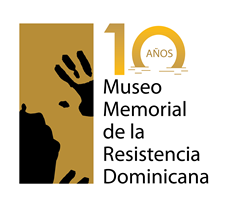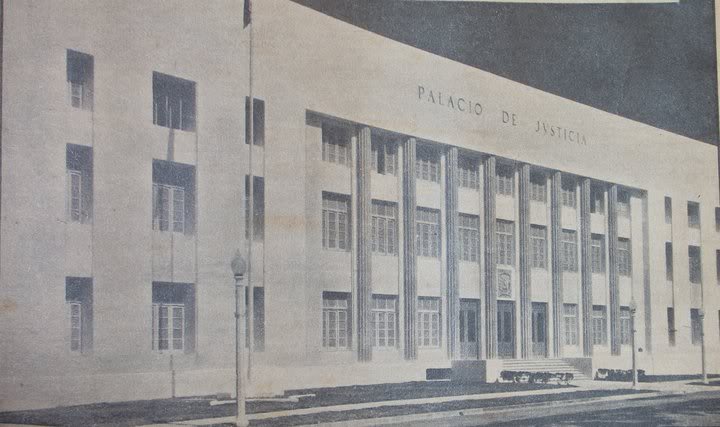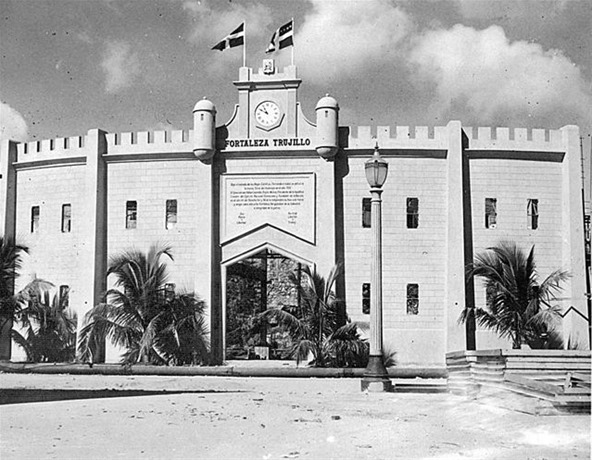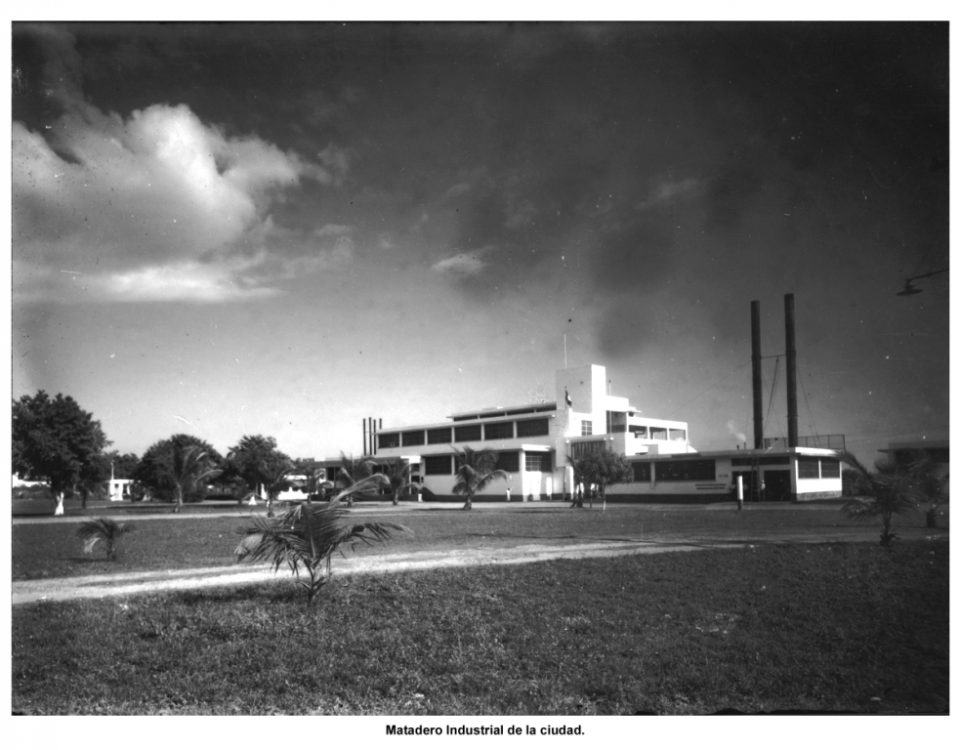Religious youth against Trujillo

Pastoral Care of the Catholic Church
February 22, 2017The Founding of the June 14th Revolutionary Movement
February 22, 2017Long before the dissemination in January 1960 of the Pastoral Letter that originated the definitive break between the Catholic Church and the dictator Trujillo, a large group of young religious, including priests and seminarians, had begun clandestine activities in opposition to the tyranny.
To organize their conspiratorial actions, the young religious created the group Acción Clero Cultural, which had among its initiators the priest Daniel Cruz Inoa, who assumed the leadership of the group, the students Ezequiel González Reyes and Francisco Aníbal González (Pachico), the religious activist Rafael Taveras Rosario (Fafa). Other members of the ACC were seminarians Luis Ramón González, Hipólito Medina and Mario Peña González (Papilín), Vinicio Disla, William Lantigua and Cuban priest Fabré de la Guardia.
The initial group expanded rapidly, bringing together anti-Trujillo religious from various regions of the country. Through the initiators Ezequiel and Aníbal González, Taveras Rosario and Father Cruz, Acción Clero Cultural entered into relations with Manolo Tavárez Justo and Minerva Mirabal, adding their efforts to the June 14th Movement, which both were organizing and which already had ramifications in almost the entire country.
Also part of this important anti-Trujillo religious movement were seminarians Nicolás de Jesús López Rodríguez (nephew of the political leader exiled in Cuba, General Juan Rodríguez and currently Cardinal), Jesús María de Jesús Moya (current Bishop of San Francisco de Macorís), Ramón Pons Bloise, Ercilio de Jesús Moya, José Manuel Peña y Benito and Daniel Taveras.
Through its cultural and religious activities, the ACC was able to integrate hundreds of peasants, small and medium-sized landowners, day laborers, and small and medium-sized merchants from rural areas into the movement, which expanded and strengthened its influence, especially in the Cibao region: Santiago, Moca, La Vega, Salcedo, San Francisco de Macorís and Puerto Plata.
When in January 1960 the secret services of the dictatorship discovered the conspiracy of the June 14th Movement, initiating the very extensive persecutions that led to the arrest and imprisonment of hundreds of young people from all over the country, where they were subjected to the cruelest tortures and not a few were murdered, such as the seminarian Papilín Peña González, it was a great surprise and frightening for the repressive apparatus and the high leadership of the Trujillo satrapy to notice the large number of young religious who participated in this important anti-Trujillo conspiracy.
From that moment on, the dictatorship began a campaign against the Catholic Church on the radio, in the written press and on television that reached the limits of insanity. In this campaign, using the lowest epithets, priests and nuns, even bishops and even the Vatican representative, Monsignor Zanini, who had just arrived in the country in October 1960, were accused of being at the "service of the devil and of being agents of international communism".
Along this path, which was his real cliff, the tyrant not only ordered the repressive forces to harass several bishops and priests, but also the death threat against Monsignor Panal, Archbishop of La Vega and Monsignor Tomás O'Reilly, of San Juan de la Maguana, whom Trujillo identified as the main religious leaders of the conspiracy against his regime. O'Reilly was forced in those days to abandon his ecclesiastical see to seek refuge in a school of Catholic nuns in Santo Domingo, while Monsignor Panal went through the humiliating bitterness of seeing his church invaded by drunken vandals and prostitutes, sent by the dictatorship, who, vociferously, clamored for his death.
The facts summarized here show that the tyranny at that time had entered an insane phase that heralded its demise, as indeed it did, on May 30, 1961.




